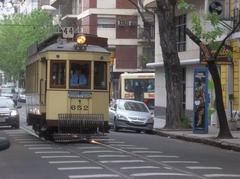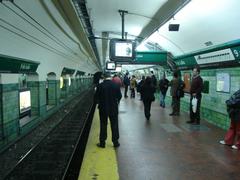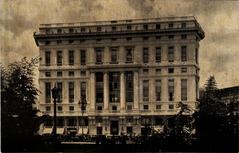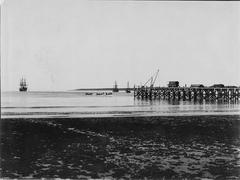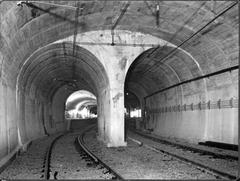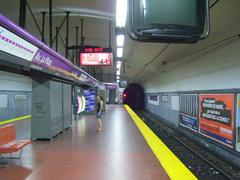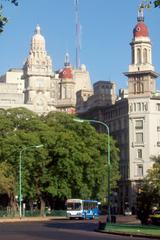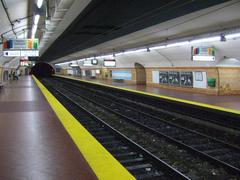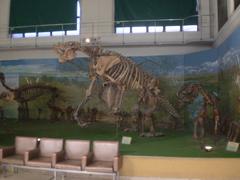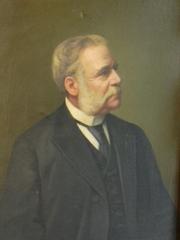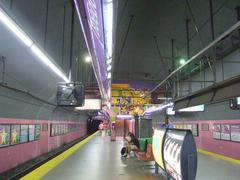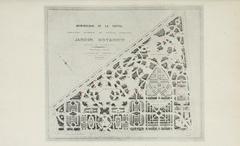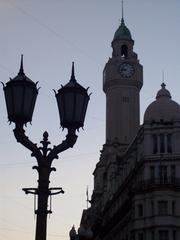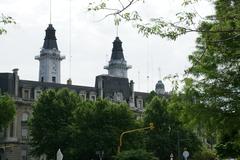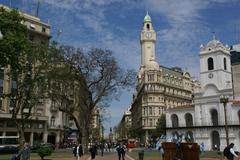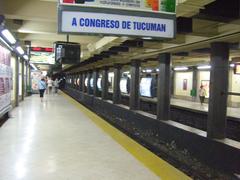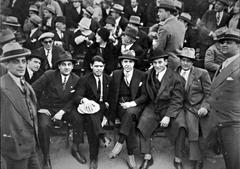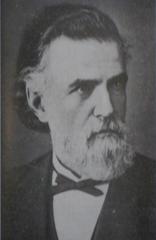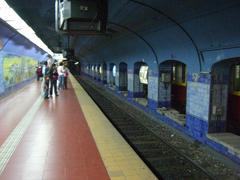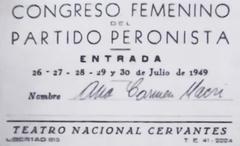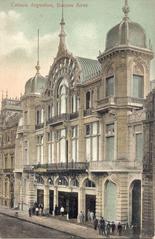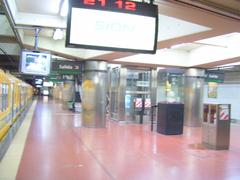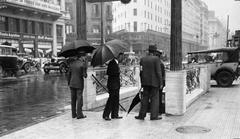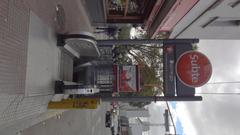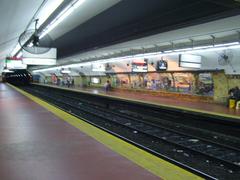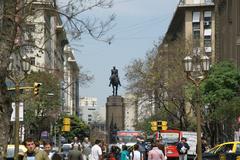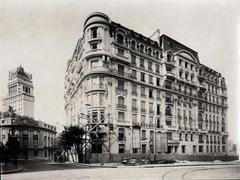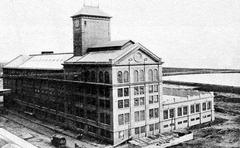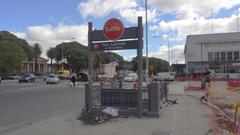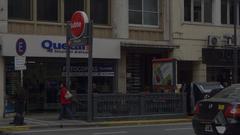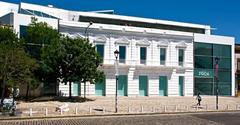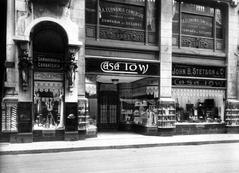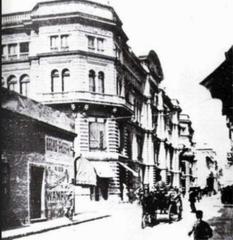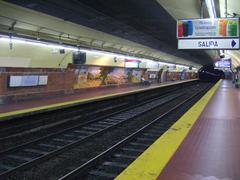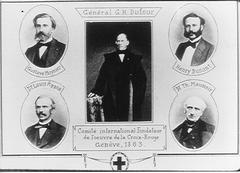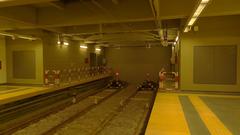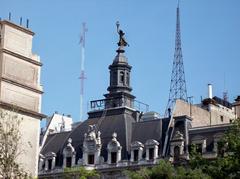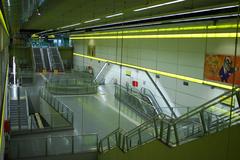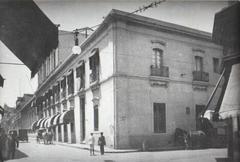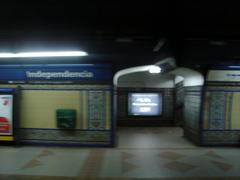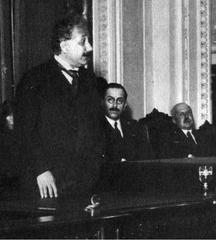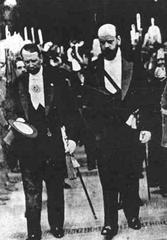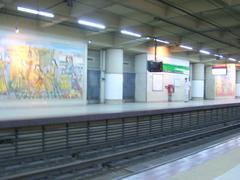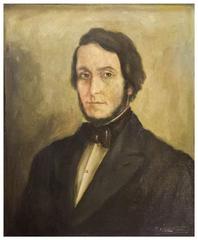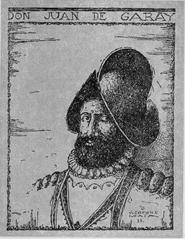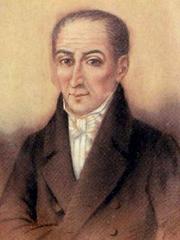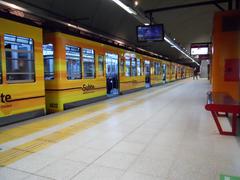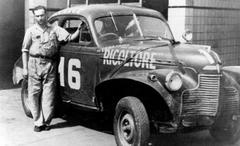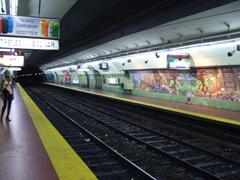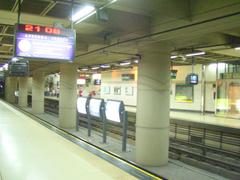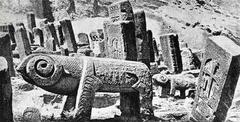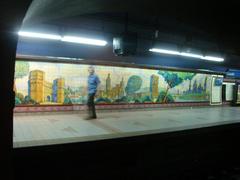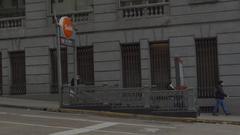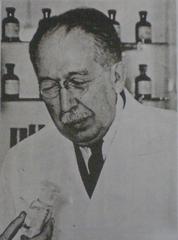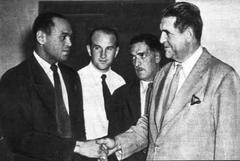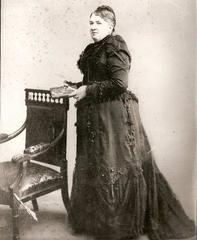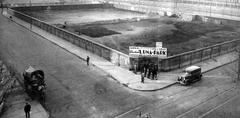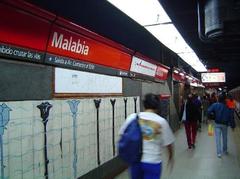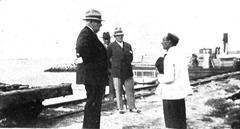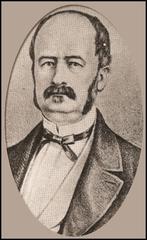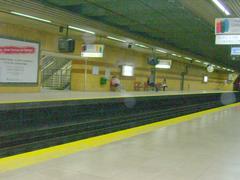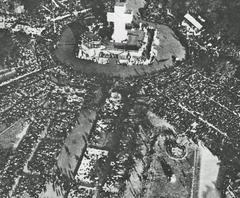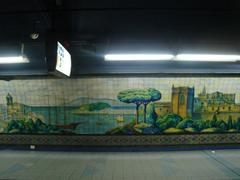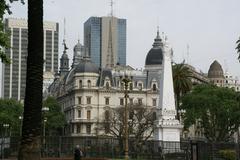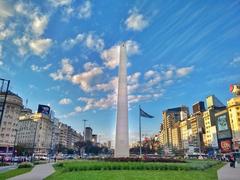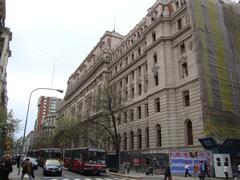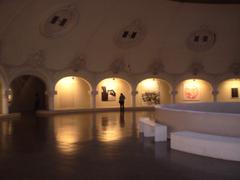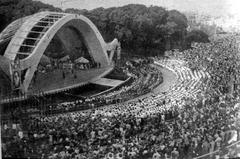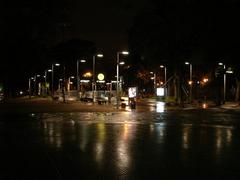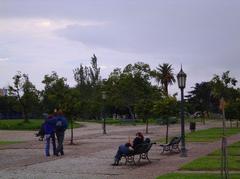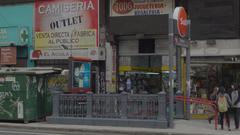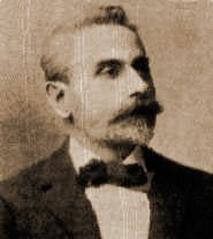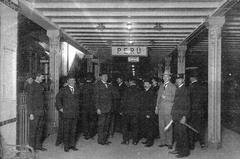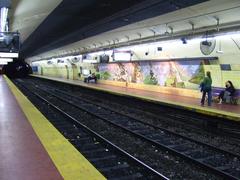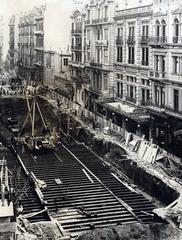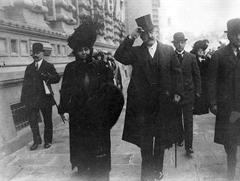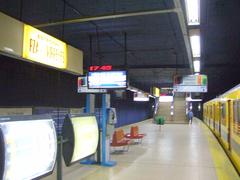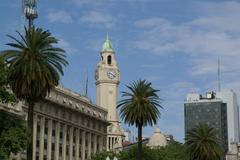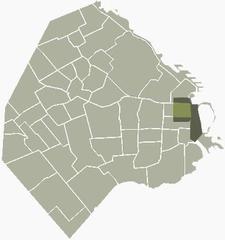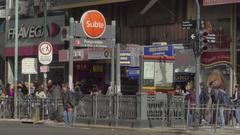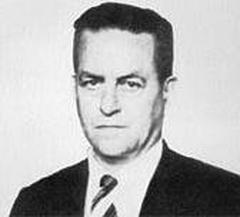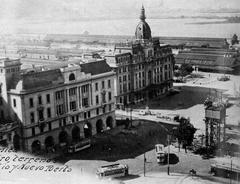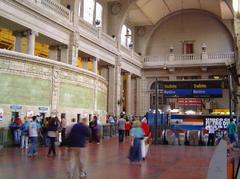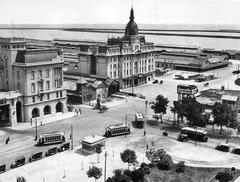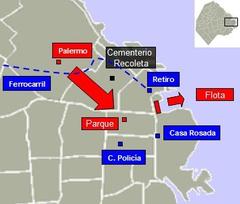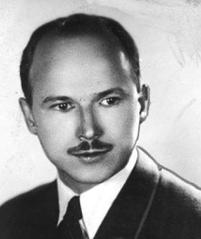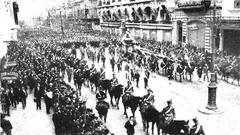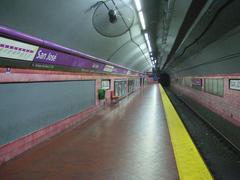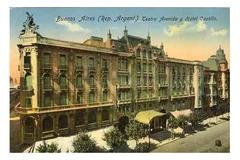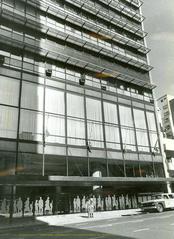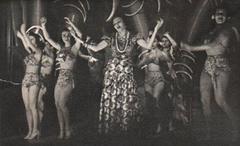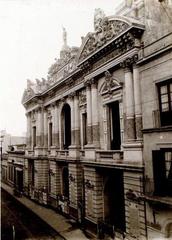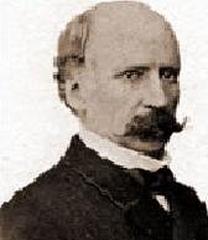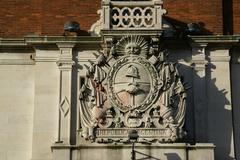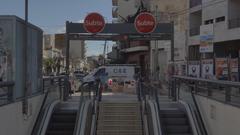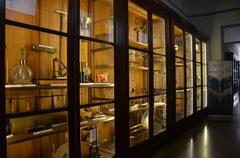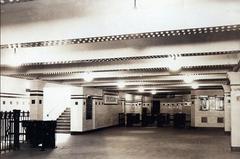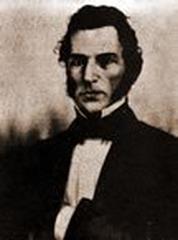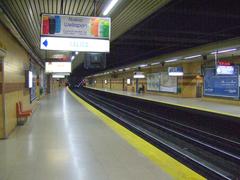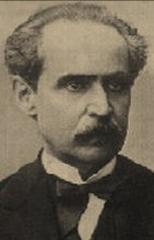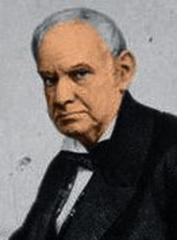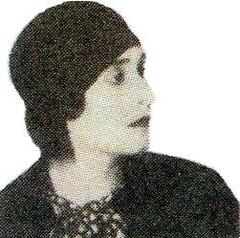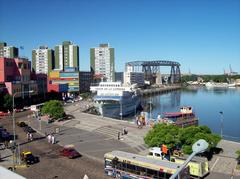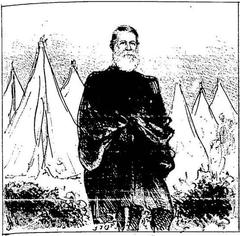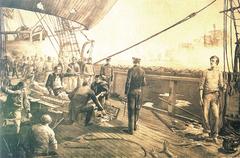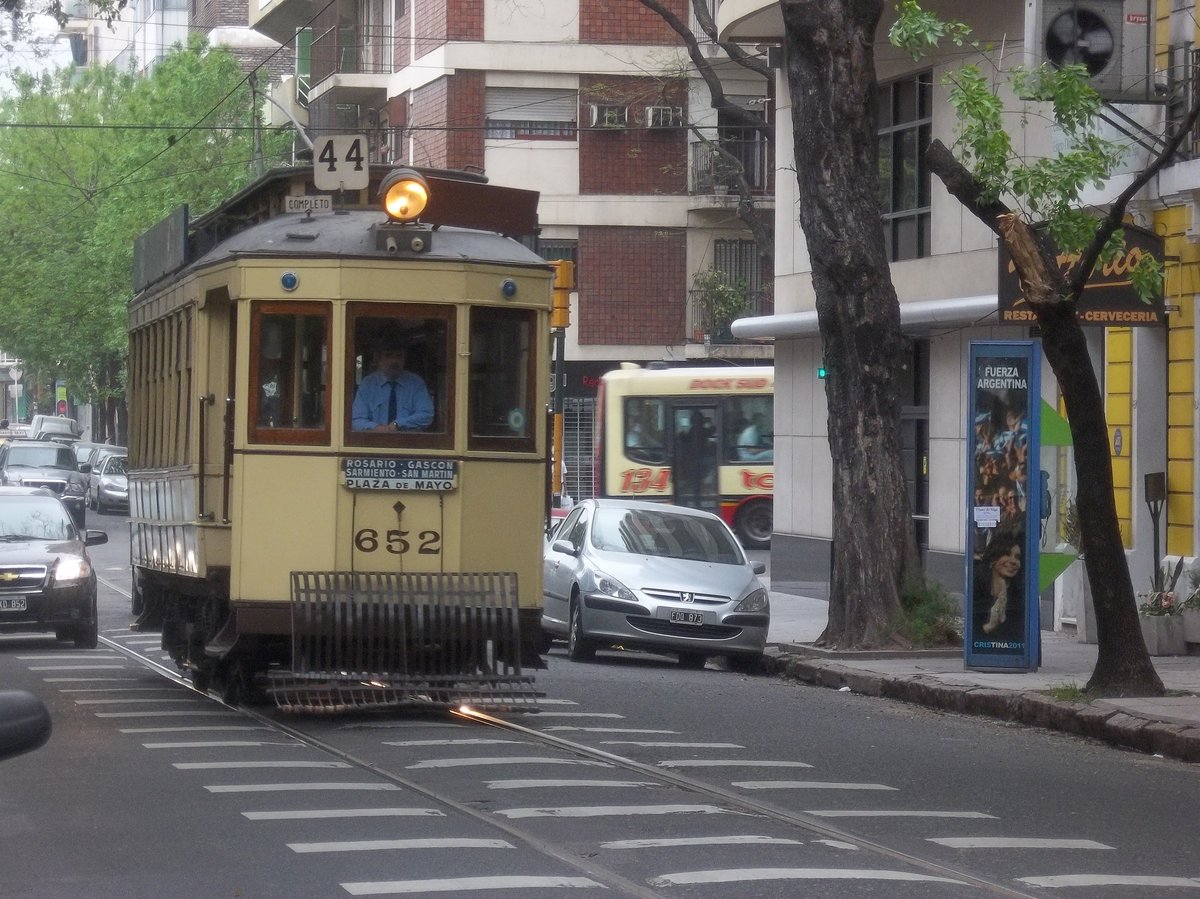
Visiting Tramway Histórico de Buenos Aires: Hours, Tickets, and Tips
Date: 18/07/2024
Introduction
The Tramway Histórico de Buenos Aires offers a nostalgic journey through the rich transportation history of Buenos Aires, Argentina. Managed by the Asociación Amigos del Tranvía (AAT), this historical tramway operates vintage trams meticulously restored to their original condition. These trams, dating back to the late 19th and early 20th centuries, once formed the backbone of Buenos Aires’ public transit system, facilitating the movement of millions of passengers daily (Buenos Aires Ciudad). Today, the tramway serves not only as a living museum but also as a symbol of the city’s cultural heritage and a testament to the engineering prowess of the past. Visitors can enjoy free rides on weekends and public holidays, explore the charming Caballito neighborhood, and gain insights into the technological advancements that shaped Buenos Aires’ urban development (Tramz).
Table of Contents
- Introduction
- History of Tramway Histórico de Buenos Aires
- Visiting Information
- Special Events and Guided Tours
- Photographic Spots
- Restoration and Maintenance
- Cultural Impact
- Educational Programs
- Future Prospects
- FAQ
- Conclusion
History of Tramway Histórico de Buenos Aires
Early Beginnings
The history of the Tramway Histórico de Buenos Aires dates back to the late 19th century. The first tramway line in Buenos Aires was inaugurated on July 14, 1863, by the Compañía de Tranvías de Buenos Aires. This initial line ran from Plaza de Mayo to the Recoleta Cemetery, covering a distance of approximately 4.5 kilometers. The trams were horse-drawn, a common mode of urban transport at the time (Buenos Aires Ciudad).
Electrification and Expansion
The transition from horse-drawn trams to electric trams began in the early 20th century. The first electric tramway line was introduced in 1897, marking a significant technological advancement. By 1913, Buenos Aires boasted one of the most extensive tramway networks in the world, with over 875 kilometers of track and more than 3,000 tramcars in operation (Tramz).
Golden Age
The period between the 1920s and 1940s is often referred to as the golden age of tramways in Buenos Aires. During this time, the tramway system was the backbone of public transportation in the city. It facilitated the movement of millions of passengers daily, contributing significantly to the urban development and economic growth of Buenos Aires. The tramways were not only a means of transport but also a symbol of modernity and progress (Buenos Aires Ciudad).
Decline and Closure
The decline of the tramway system began in the 1950s, primarily due to the rise of automobile ownership and the expansion of bus services. The increasing preference for buses and cars led to a gradual reduction in tramway services. By the early 1960s, most of the tramway lines had been dismantled, and the last regular tram service ceased operations in 1963 (Tramz).
Revival as a Historical Tramway
The idea of reviving the tramway as a historical and cultural attraction emerged in the late 20th century. In 1980, a group of tram enthusiasts formed the Asociación Amigos del Tranvía (AAT) with the aim of preserving and promoting the history of tramways in Buenos Aires. Their efforts culminated in the inauguration of the Tramway Histórico de Buenos Aires on November 15, 1980. The historical tramway operates on a 2-kilometer loop in the Caballito neighborhood, offering visitors a nostalgic journey through the city’s past (AAT).
Visiting Information
Visiting Hours and Tickets
The Tramway Histórico de Buenos Aires operates on weekends and public holidays. Visiting hours are typically from 4:00 PM to 7:30 PM. Admission is free, but donations are welcome to support the maintenance and restoration of the tramway.
How to Get There
The tramway is located in the Caballito neighborhood. Visitors can reach the site via public transportation, including buses and the Buenos Aires subway (Subte). The nearest subway station is Primera Junta on Line A.
Nearby Attractions
While visiting the Tramway Histórico, consider exploring other attractions in the Caballito neighborhood, such as Parque Centenario, the Museum of Natural Sciences, and the historic English District.
Accessibility
The tramway strives to be accessible to all visitors. However, due to the vintage nature of the tramcars, accessibility may be limited for those with mobility issues. It is recommended to contact the AAT in advance for specific accessibility information.
Special Events and Guided Tours
The Tramway Histórico de Buenos Aires hosts special events and themed rides throughout the year. Guided tours are available, offering in-depth insights into the history and operation of the tramway. These tours are conducted by knowledgeable volunteers from the AAT.
Photographic Spots
The tramway and its surroundings provide excellent opportunities for photography. The vintage tramcars, combined with the charming streets of Caballito, make for picturesque scenes that capture the essence of Buenos Aires’ historical charm.
Restoration and Maintenance
The restoration and maintenance of the historical tramcars are carried out with great care and attention to detail. The AAT has restored several tramcars to their original condition, using authentic materials and techniques. These tramcars, some of which are over a century old, are a testament to the craftsmanship and engineering of the past. The restoration process involves extensive research and collaboration with experts in the field to ensure historical accuracy (AAT).
Cultural Impact
The Tramway Histórico de Buenos Aires has had a significant cultural impact on the city. It serves as a reminder of the city’s rich transportation history and its evolution over the years. The tramway is also a popular subject for photographers, artists, and filmmakers, who are drawn to its nostalgic charm and historical significance. Additionally, the tramway hosts special events and themed rides, further enhancing its cultural appeal (Buenos Aires Ciudad).
Educational Programs
In addition to its role as a tourist attraction, the Tramway Histórico de Buenos Aires also offers educational programs for schools and community groups. These programs aim to educate participants about the history of tramways, the technological advancements in transportation, and the importance of preserving historical heritage. The educational initiatives are designed to engage and inspire the younger generation, fostering a sense of appreciation for the city’s history (AAT).
Future Prospects
Looking ahead, the Tramway Histórico de Buenos Aires continues to be a cherished part of the city’s cultural landscape. The AAT is committed to expanding and enhancing the tramway experience, with plans to restore additional tramcars and extend the route. The ongoing efforts to preserve and promote the tramway’s history ensure that future generations will continue to enjoy and learn from this unique aspect of Buenos Aires’ heritage (Buenos Aires Ciudad).
FAQ
- What are the visiting hours for the Tramway Histórico de Buenos Aires? The tramway operates on weekends and public holidays from 4:00 PM to 7:30 PM.
- How much do tickets cost for the Tramway Histórico de Buenos Aires? Admission is free, but donations are welcome.
- Where is the Tramway Histórico de Buenos Aires located? It is located in the Caballito neighborhood of Buenos Aires.
Conclusion
In summary, the Tramway Histórico de Buenos Aires is not just a mode of transport but a living testament to the city’s rich history and cultural evolution. Its journey from a vital public transport system to a cherished historical attraction highlights the enduring significance of tramways in the urban fabric of Buenos Aires. Plan your visit today to experience this unique piece of history firsthand. For more information, check out other related posts or follow us on social media for updates.
References
- Buenos Aires Ciudad. Discover the Tramway Histórico de Buenos Aires - History, Visiting Hours, and Tickets. Retrieved from https://www.buenosaires.gob.ar
- Tramz. Electrification and Expansion of Buenos Aires Tramways. Retrieved from http://www.tramz.com/ar/ba/ba.html
- Asociación Amigos del Tranvía. Revival as a Historical Tramway. Retrieved from http://www.tranvia.org.ar
